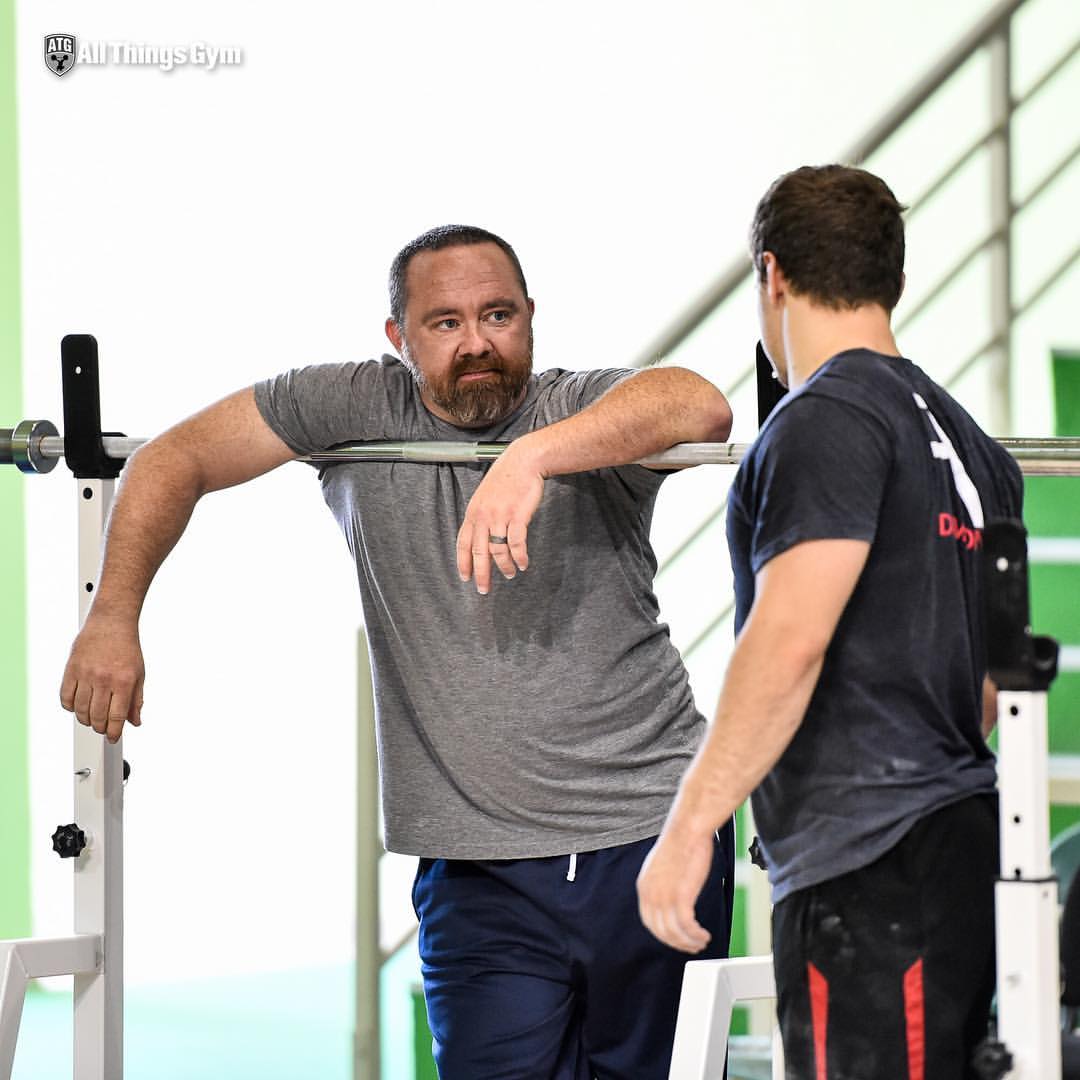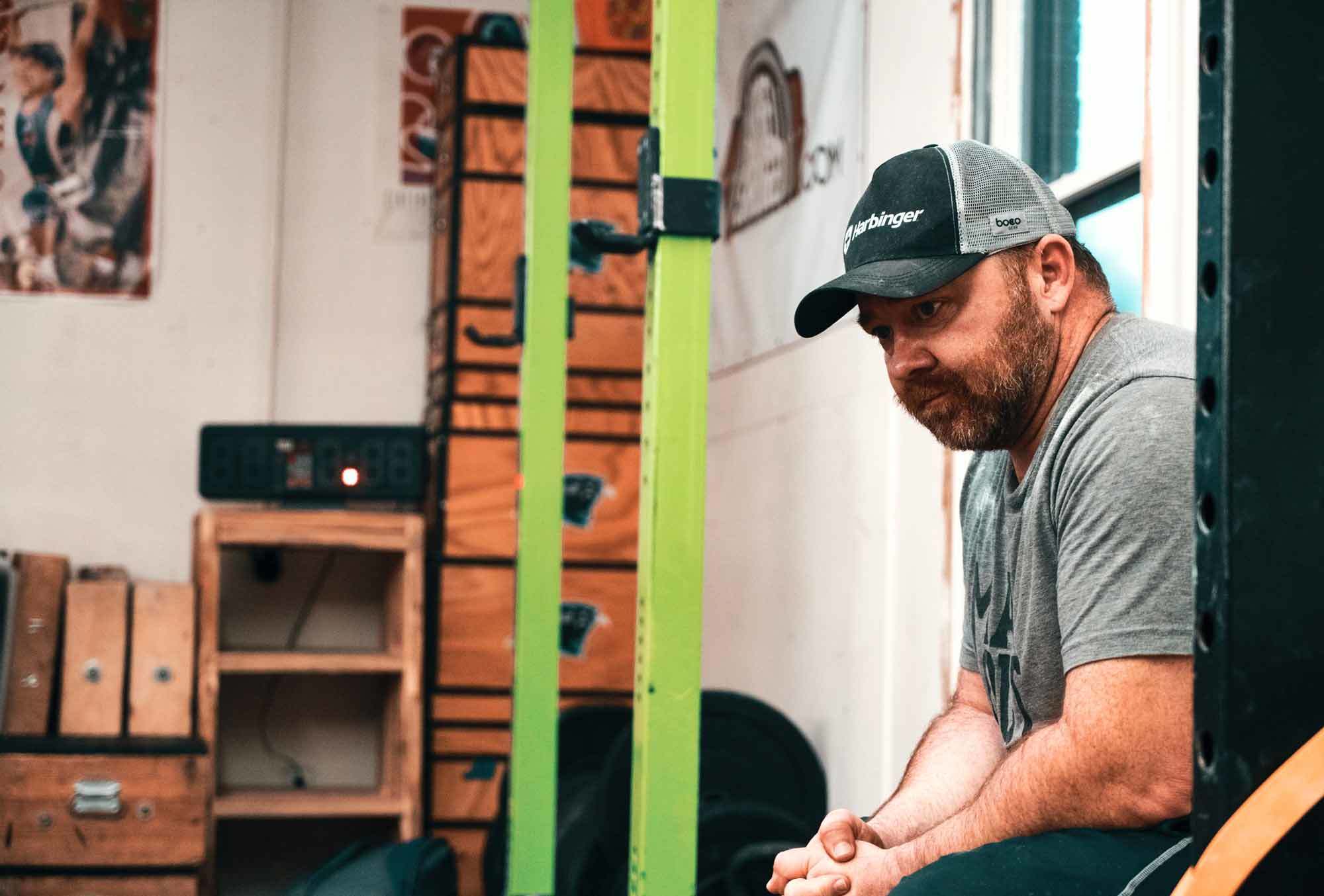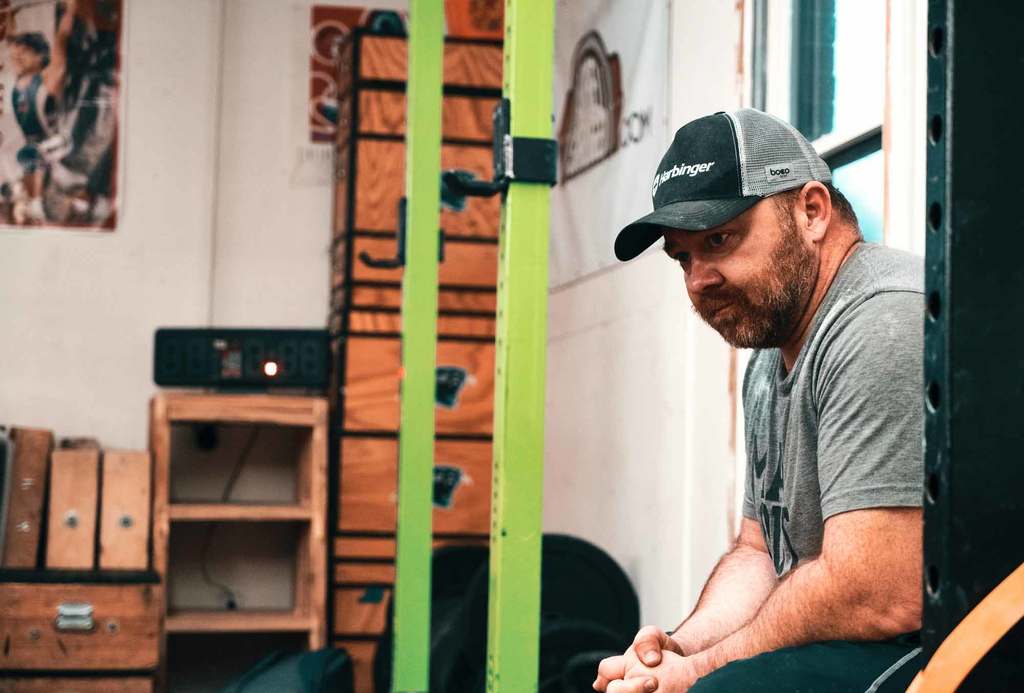About the Author: Eric Bowman is a Registered Physiotherapist in Ontario, Canada who works in the areas of orthopedic physical therapy and exercise for people with chronic diseases. He’s also intermittently involved with the University of Waterloo Kinesiology program and the Western University Physical Therapy program. He also competes as a powerlifter in the Canadian Powerlifting Union and has completed the CPU Coaching Workshop and Seminar.
Disclaimer: This is a combination of an article I wrote in 2015 for EliteFTS, an article I wrote on my own site in 2017, and my own updated views and concepts.
If you are involved with the Powerlifting, Olympic lifting, or CrossFit communities – either as an athlete or coach – you and/or your clients have likely had to deal with pain at some point in your career. Competing at a higher level comes with a high risk of developing pain due to the highly repetitive nature of strength sports, the volume and intensity of weights lifted, and the higher body weights required to be successful at some (but not all) strength sports.

Unfortunately, many strength coaches and athletes fail to understand the complex nature of pain. If you scroll down social media it’s not uncommon to see fellow lifters asking their comrades “I have pain – what should I do?” Subsequent recommendations can range all the way from ice and heat to soft tissue to inversion tables to snake oils to completely stopping lifting. It’s concerning to watch as a physiotherapist as these recommendations are made with minimal to zero knowledge of the individual’s pain presentation, medical history, psychosocial status, baseline functional capacity, and goals. As such these recommendations can range from effective to ineffective or even harmful.
Over the decades, and especially in the last seven years, the popularity and awareness of pain science has risen – even to the point where it got discussed on Joe Rogan’s podcast recently. In this article I share what the strength coach and strength athlete should know about pain. As a disclaimer this is not intended to be specific medical advice but rather general education and information.
Pain does not always indicate tissue damage
The old Descartes’ model of pain stated that an injury caused a signal to go up to the brain that caused pain. This in many ways is still how people view pain.
However – a large body of research shows many individuals with no signs or symptoms (within scientific literature this is referred to as “asymptomatic”) have abnormal imaging findings in their knees, hips, back and shoulders. For example:
- 85% of adults without knee pain have knee arthritis on X-Ray
- 35% of adults without shoulder pain have full or partial thickness rotator cuff tears on MRI
- Even 40% of professional baseball players have rotator cuff tears yet have no pain while playing!!!
- Approximately 20-40% of adults aged 20-40 show some form of disc herniation on CT or MRI but walk around without pain
Now to be fair
- Some research does show a correlation between X-ray findings and symptoms in knee osteoarthritis – although this research is very conflicting
- Some research shows patellar and achilles tendon changes on imaging can predict future tendinopathy
- Some research shows some MRI findings are more common in people with back pain than in people without back pain
This means tissue injury can still be relevant but it certainly isn’t the sole predictor of pain. Pain is an output of the nervous system in response to threat and can be influenced by many factors (see below).
[thrive_leads id=’9063′]
Posture, structure, and biomechanics are relevant and important but don’t solely explain pain
We know from the scientific literature certain biomechanical movement variables can be risk factors and/or mechanisms of certain injuries, such as
- Loaded spine flexion and disc injury
- Dynamic knee valgus and ACL tears, PFPS, patellar dislocations and MCL tears
- Various FOOSH (fall on outstretched hand) injuries such as scaphoid fractures and AC joint separations
- Ankle inversion and eversion sprains
- Shoulder (and hip) abduction and external rotation and dislocations
- Prolonged postures and musculoskeletal pain
Biomechanics are also important when under high loads – when certain movements, postures, and/or loads are painful – and when the body hasn’t been given sufficient opportunity to adapt to the load that’s been placed on it.
The things you have to keep in mind when looking at biomechanics are …
- A lot of biomechanical variables people cite in their assessments and clinical reasoning models either can’t be reliably assessed and/or don’t correlate well with pain – including resting scapular position and resting lumbar lordosis, cervical lordosis, thoracic kyphosis, and sacral angle
- The body can adapt to load and stress assuming the stress is applied and progressed appropriately based on the status and demands of the individual
We know now pain can be modulated by various biological and psychosocial factors.
Biological factors can include
- Tissue injury and tissue stress (see above)
- Lack of sleep
- Neurological factors such as decreased or increased pain modulation by the nervous system, or changes in the nervous system can make it more sensitive to inputs
Psychosocial factors can include
- Stress
- Anxiety
- Depression
- Fear avoidance (avoidance of activity due to fear of pain or injury)
- Kinesiophobia (fear of movement not fear of Kinesiologists ? )
- Passive coping strategies
- Poor social support
- PTSD
Psychosocial factors don’t mean “the pain is in your head” but they are big risk factors for chronic pain. The theory is they make the nervous system more sensitive and increase activity of areas of the nervous system that are also involved in pain.

The wording you use with your clients can make a big impact on their recovery
Going hand-in-hand with the above points – the way your clients feel about themselves and their pain (if applicable) can have a big impact on
- Whether or not they experience pain and
- How well they manage and/or recover from pain
When professionals use negative wording with their clients it can create a “nocebo” effect. Nocebo, the opposite of placebo, is when the expectation of harm causes pain even though nothing physical has happened.
Some examples of nocebo-like wording can include
- “You have the knees of a 70 year old”
- “You’re in pain because of poor posture”
- “Your (insert muscle here) isn’t firing”
- “Your movement is dysfunctional”
- … and so on
The key takeaway here is to use positive wording as much as possible with your clients to get the desired training/rehab effect while avoiding nocebos.
[thrive_leads id=’8207′]
So to summarize this article
- Tissue injury may be relevant to pain in some cases but pain doesn’t always mean injury
- Pain is a lot more complex than biomechanics and is more related to a combination of biological, psychological, and social factors
- Use positive wording with your clients to empower them and avoid creating nocebos
I hope this gives you a better understanding of the complex experience that is pain. If you are interested in further reading I recommend the book Explain Pain by Lorimer Moseley and David Butler. As always – thanks for reading.
